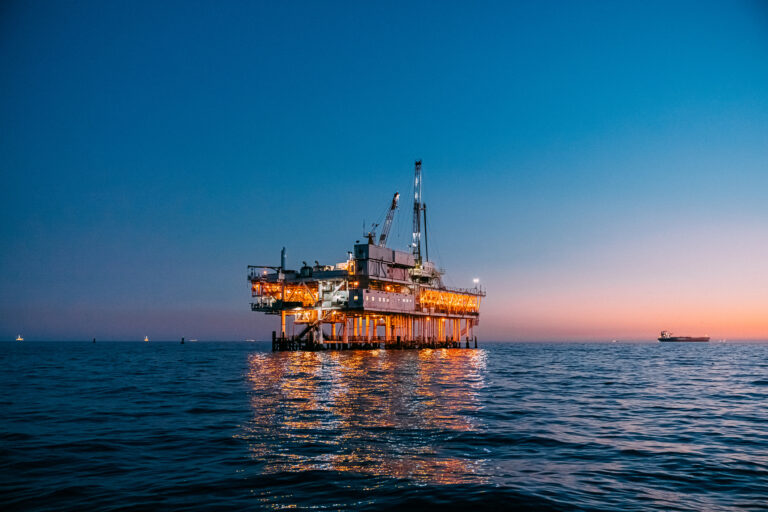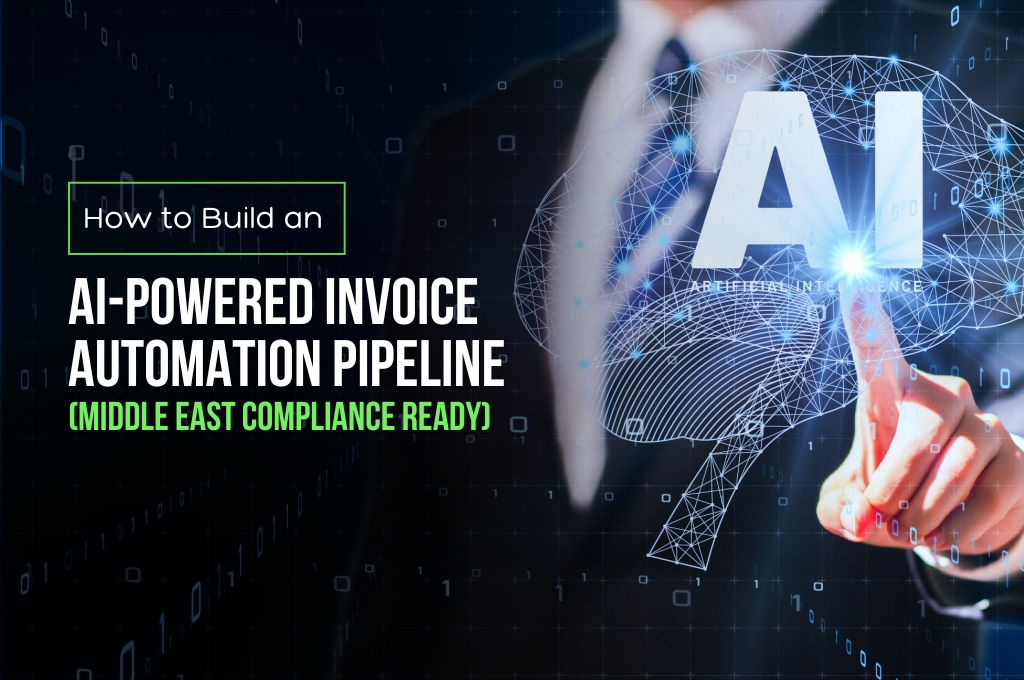Artificial intelligence is no longer just a buzzword; it’s becoming a cornerstone of the oil and gas industry’s digital transformation. Amid mounting pressures to cut costs, improve safety, and minimize environmental impacts, AI-driven innovation is delivering solutions that were once unimaginable. From drilling deep under the ocean floor to predicting equipment malfunctions before they happen, AI is driving the industry forward in ways that are as exciting as they are essential.
1. Smarter Exploration: Finding Oil with Precision and Speed
The search for new oil and gas reserves has always been risky, costly, and uncertain. But AI is changing the rules of exploration, making it faster, smarter, and more precise. Imagine replacing hours of manual analysis with algorithms that can crunch geological data at lightning speed.
– AI-Powered Data Mining: Using AI to scan vast geological databases, companies can identify likely locations for drilling without lengthy guesswork. AI models analyze seismic data, rock samples, and other geological markers to deliver precise predictions on where to drill, reducing costs and improving the chances of successful strikes.
– Virtual Drilling Simulation: By creating digital twins—virtual models of potential drill sites—engineers can simulate drilling operations before they even break ground. This minimizes the risks associated with new projects and ensures drilling is as efficient as possible.
2. Intelligent Operations: Maximizing Production with Every Drop
The real value of AI goes beyond exploration; it’s revolutionizing production by making operations smarter, safer, and more efficient. Through real-time monitoring and advanced analytics, AI helps oil and gas companies to make split-second decisions that can optimize production and reduce waste.
– Real-Time Adjustment: Equipped with AI-driven sensors and machine learning, production systems can now analyze and adjust themselves on the fly. This allows rigs to adapt in real-time to conditions, optimizing extraction and saving resources.
– Predictive Maintenance: Forget waiting for machines to break down. AI can analyze sensor data to forecast maintenance needs before problems arise, reducing costly downtime and ensuring safer, more efficient operations. A small, predictive tweak here and there can save millions by avoiding major breakdowns.
3. Safety First: Reducing Risk with AI Vision and Wearables
AI doesn’t just improve productivity—it’s enhancing safety, arguably the most critical benefit in such a high-risk industry. By using AI for hazard detection, worker monitoring, and environmental risk assessment, oil and gas companies can keep workers safer while minimizing the chances of accidents.
– AI-Driven Hazard Detection: From detecting gas leaks to assessing pipeline corrosion, AI-powered computer vision tools can identify safety hazards long before they become emergencies. This proactive approach allows teams to respond to risks faster and with greater precision.
– Wearable Technology: Wearables outfitted with AI sensors monitor workers’ health and alert them to dangerous conditions. This real-time feedback has a huge impact on safety, particularly in offshore or remote locations where quick medical assistance may not be available.
4. Environmental Stewardship: AI Meets Sustainability
AI is enabling the oil and gas industry to tackle one of its biggest challenges—environmental impact. By integrating AI into their operations, companies are not only reducing emissions but are actively improving their sustainability efforts.
– Emission Monitoring in Real Time: AI systems track and analyze emissions data in real-time, enabling companies to quickly identify and fix sources of pollution. This has already reduced emissions by significant margins, making the industry more compliant and environmentally responsible.
– Efficient Resource Management: Through AI-driven predictive analytics, oil and gas companies can optimize water and chemical usage, minimizing waste and lowering environmental impact. Imagine the savings and impact of using just enough resources, at just the right time.
5. The Future of AI in Oil and Gas: What’s Next?
The oil and gas industry’s embrace of AI is just beginning. As AI technology continues to evolve, the potential for even more groundbreaking changes is vast.
– Uncovering New Revenue Streams: By harnessing predictive analytics, companies can identify untapped opportunities in their operations, whether through better resource allocation or uncovering new service models.
– Customer-Centric Operations: With predictive tools, oil and gas companies can now anticipate client needs more accurately, ensuring uninterrupted service and delivery. This focus on customer satisfaction creates a competitive advantage in an increasingly crowded marketplace.
Conclusion
The oil and gas industry has entered a new era, one where artificial intelligence isn’t just an add-on—it’s the engine driving progress. From precision drilling to real-time safety monitoring, AI is helping oil and gas companies become leaner, smarter, and more responsible global players. The future belongs to those who not only adapt to AI but fully embrace its potential, transforming the industry from the ground up and setting new standards in efficiency, safety, and sustainability.
Curious about AI’s potential for oil and gas? Unlock smarter operations with our AI solutions today.




